Cognac is an alcoholic drink, more concretely a type of brandy. The beverage that so many consider to be exceptionally refined carries the name of the French city of Cognac. This favorite among both men and women must be made from grapes in that region in order to be classified as cognac.
Composition of Cognac
Cognac contains tannins, flavonoids, proteins, acids, minerals and more.
History of Cognac
Experts believe that the history of cognac is incredibly old. It is claimed that the aromatic drink has been made since antiquity. In the first century, the Romans took the vine to a region corresponding to present-day France. Initially, the culture was grown only in the Rhône Valley but consequently became popular in other parts of France as well. In parallel, the production of wine became popularized also. Some sources indicate that the discovery of the drink happened accidentally and was related to the activities of sly Dutch merchants who were transporting certain products from the region of the French city of Cognac. During the 13th century, there were massive areas of vineyards grown there.
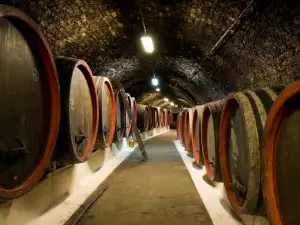
In that period, the merchants gathered wines from the region but since they had no idea how to properly store them they would turn sour during their journey. Once the customs fees on alcoholic drinks were raised as well, the merchants decided to get crafty. They distilled the wine so as to reduce its volume. The resulting substance was then diluted with water. This in turn led to the birth of the alcohol known as brandy. A few centuries later, people began storing brandy and transporting it in wooden barrels.
During the 18th century, the barrels that had been prepared for transport ended up sitting at the harbor a little longer because of the war between England and France. Once the fighting ceased it became evident that the drink in the barrels had attained a unique taste and enticing aroma. However, the acclaimed alcohol would not be truly finished until the intervention of the French knight De La Croix Maron, who had a growing passion for winemaking. It was he who came up with the idea of double distillation of the wine. This in combination with storage in oak barrels led to the emergence of the unbelievable drink known as cognac.
Production of Cognac
Today, quality cognac is made from a grape variety known as Ugni Blanc. Characteristic of it are a delicate aroma, high acidity and low sugar content. The process of aging cognac is strictly adhered to. The grapes are picked and crushed with horizontal wine presses. The seeds, stems and skins of the actual grapes are removed. No sugar is added to the resulting juice. As was made clear, double distillation is needed to produce real cognac.
The material needs to age in barrels crafted from oak. What's more, the wood used to make these containers must come from trees at least 80 years old. In addition, the wooden staves themselves need to age for several more years before they are ready for use (for this process at least). In the meantime, the distillate undergoes various physical and chemical processes, which later turn out to be important for the final taste and aroma of the cognac. During its stay in the barrels, the cognac takes in the tannins and flavonoids found in the wood.
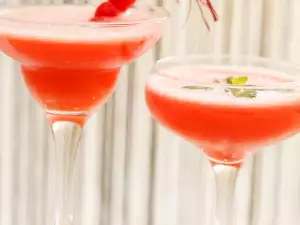
Types of Cognac
The classification of cognac depends on the age of the alcohol put into it. The information regarding the classification of the alcoholic product is listen on the label. Fans of the beverage can choose between: V.S. (Very Special) - a cognac whose distillate has sat in oak barrels for at least 2.5 years; V.S.O.P. (Very Superior Old Pale), V.O. (Very Old), Reserve - a cognac containing a distillate aged at least 4 years; V.V.S.O.P. (Very-Very Superior Old Pale), Grande Reserve - a cognac whose distillate has sat in oak barrels for at least 5 years and X.O. (Extra Old), Extra, Napoleon, Hors d'age, Tres Vieux, Vieille Reserve - a cognac whose distillate has aged in oak barrels for 6 years.
Cooking with Cognac
Cognac can be consumed as a standalone or in combination with other drinks. Its gentle aroma and irresistible taste make it suitable for use in different cocktails. The finest among them are the gold cocktail, sour, sangria, glock and milk cocktail. Cognac can also be added to caffeine drinks and teas, the result will pleasantly surprise you.

Use of the aromatic elixir does not end there. Experienced chefs know that there are some sweet temptations that just wouldn't be the same without cognac in them. It can be added to recipes for cakes, bonbons, ice creams, creams and all kinds of other delights. Cognac can also be included in some salty specialties. These include Stephanie roll with cognac and French hors d'oeuvre with frog legs
Serving Cognac
True connoisseurs of the beverage prefer to drink it as a standalone. In that case the cognac is served in a snifter (or balloon glass) at a temperature of 60°F (15 °C). The proper way to hold said glass is to cup them with your entire palm at the bottom. This way, the heat of your hand allows the aroma of the beverage to be fully revealed.
Benefits of Cognac
Much has been and will continue to be said in the future regarding the dangers of alcohol. However, cognac is considered among the drinks able to positively affect the body, as long as it is consumed in moderate quantities. This fragrant elixir has benign effects on people suffering from lack of appetite. Among its most valued qualities are its ability to improve the function of all organs.
According to scientists, drinking this aromatic beverage in small amounts has a toning effect. Further, cognac is good for stomach ulcers, as well as speeding up angina recovery and lowering high temperature. Responsible drinking of cognac has a positive effect on bad memory and helps get rid of kidney stones.
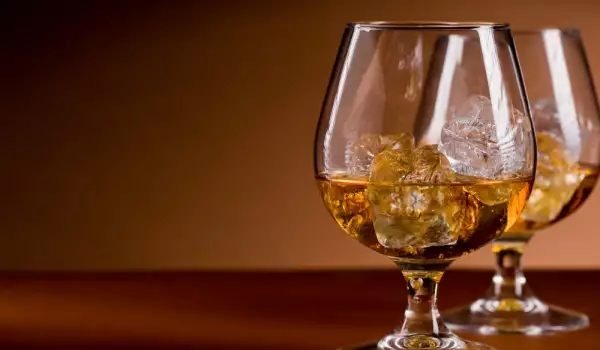

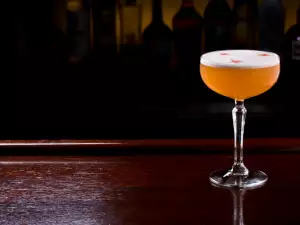
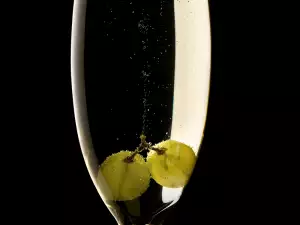
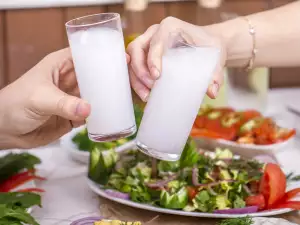

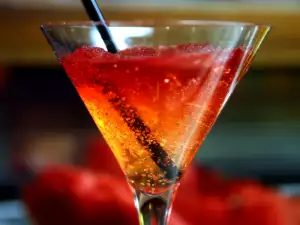
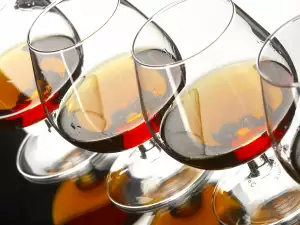
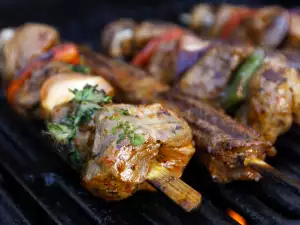
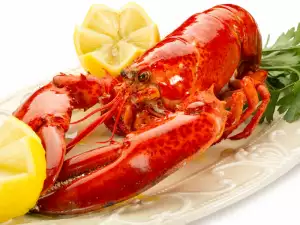
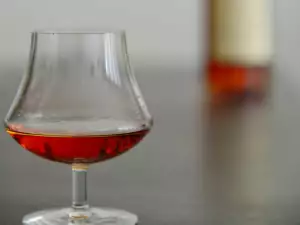
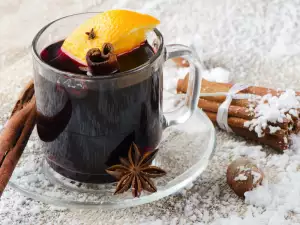
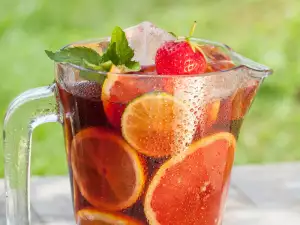
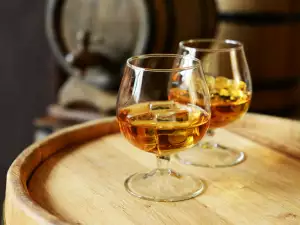





Comments